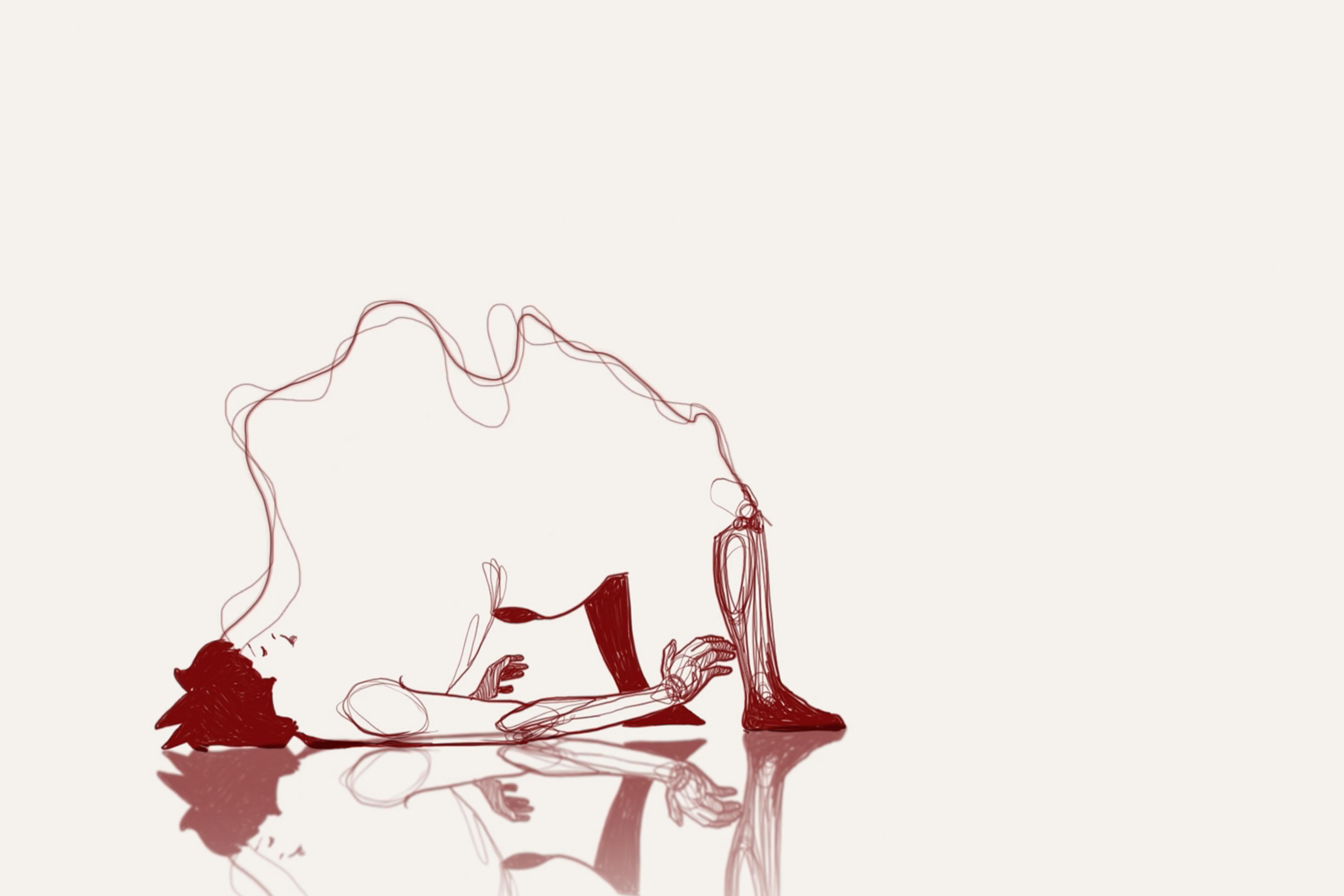The experimental dance film ORA (2011) was inspired by the French painter Paul Gauguin’s post-impressionist masterpiece Where Do We Come From? What Are We? Where Are We Going? (1897-98), and it’s as entrancing and enigmatic as its muse. Eschewing traditional filmmaking methods in which light is exposed to film stock or a digital camera sensor, the Canadian filmmaker Philippe Baylaucq instead captured six dancers in motion using thermal imaging technology that’s sensitive to even minor heat fluctuations. Together with the Canadian choreographer José Navas and the Canadian musician Robert M Lepage, who provides the dreamy, propulsive score, Baylaucq deploys these innovative methods to create his own impressionistic dive into self-exploration and existential questions.
The work’s ethereal beauty contains a clever artistic inversion: the infrared technology used to make the piece was first invented as a tool of warfare. This novel approach, combined with innovative staging that included shooting in a warehouse covered in heat-reflective aluminium panels, required Baylaucq to push the boundaries of cinema to create an otherworldly effect. These innovative techniques are evident in the final product, which is surely unlike anything anything you’ve seen before. As the dancers’ illuminated forms move in contrast with the dark yet reflective background, their bodies appear at once surreal and yet intensely human.







